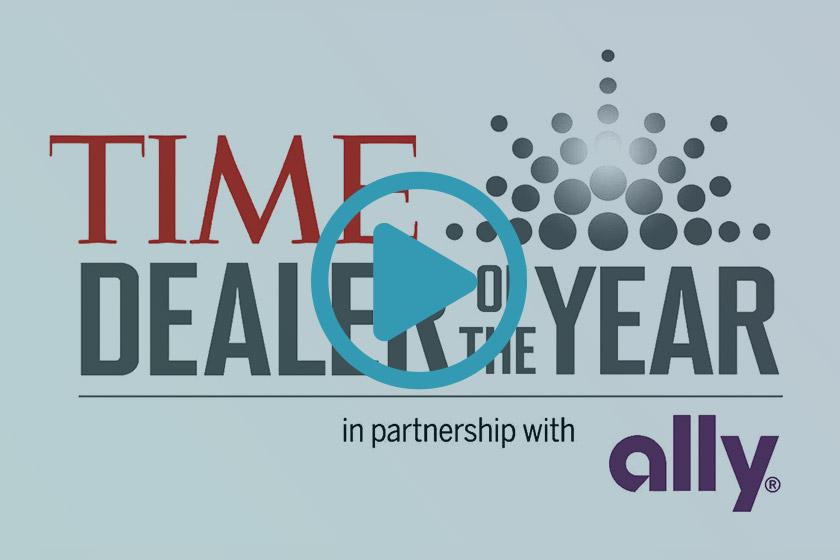At enCOMPASS, we see the effectiveness of PPC advertising for our clients every day. Your pay per click marketing campaign is the most effective online advertising vehicle for your company. PPC offers many, many advantages over traditional advertising. However, PPC does have a dark side – click fraud.
Click fraud occurs when an entity clicks on a PPC advertisement with the sole purpose of driving up costs for the company running the ad. These entities clicking on the PPC advertisement have no intention of completing your call to action, such as calling your company, filling out a web form, making a purchase, etc.
Click fraud comes from many sources. Sometimes real humans perform the action; sometimes a software program generates the clicks. No matter where it comes from, the goal is the same – to drive up costs and burn through the company’s PPC budget. This proves quite costly to companies that do not take appropriate actions to protect themselves.
We protect our enCOMPASS clients from click fraud by monitoring reports and making adjustments as needed. However, many companies unaware of click fraud (whether doing PPC themselves or hiring another agency) may find their PPC campaigns suffering from it.
Click Fraud Indicators
We’ve compiled a short list that highlights five tell-tale signs of PPC click fraud, all of which are data found within your analytics reporting platform. This blog discusses the warning signs to look for in your PPC impressions and click-through numbers. Part 2 will discuss how fraudulent clicks to your website impact your analytics, specifically conversion rate, bounce rate, and time spent on page.
Impressions Spike
An impression is a single display of a particular ad on a web page. Most PPC advertising platforms give advertisers the option to pay per click or pay per impression. If a company chooses to pay per impression, this type of click fraud can wipe out a budget very quickly.
When a malicious entity tries to deplete your PPC budget through click fraud, you will likely see an unexplained spike in reported impressions. This typically happens over a very short period of time – less than one week. Most PPC reporting platforms prominently display the number of impressions for your ads, so these spikes are relatively easy to spot.
If you experience a temporary spike in impressions with no tangible results, and you set up your PPC ad campaign to pay per impression, dig a little deeper into your analytics. Ineffective ad targeting or bidding on the wrong keywords may also cause a short spike in impressions. More often than not, the answer lies there – but it’s still worth a check for click fraud.
Unexpected, Large Number of Click-Throughs
If your ad campaign pays for the number of clicks it receives, click fraud typically shows up in your reports as an unexpectedly large number of clicks. Before running your campaign, set some expected outcomes that include the number of clicks you expect the campaign to produce. If activity takes place outside those parameters, take a closer look.
As with impressions, this type of click fraud occurs during a very short time frame. This will show up as bursts of click-through spikes in your analytics. Fraudulent click-throughs tend to occur in a repeated fashion, and it is often traceable back to its source.
Next Step - Take a Step Back
If you suspect click fraud, first take a step back. In most cases, an underperforming PPC ad results from inadequate planning, combined with ineffective ad text and a poorly designed landing page. However, click fraud is a very real issue for PPC advertisers. Having an awareness of the red flags presented in this blog, and Part 2, will give you a leg up when it comes to protecting your PPC budget.
At enCOMPASS, we protect our clients from click fraud in a variety of ways. If you’d like to learn more about our approach, please contact us.
SHARE THIS ARTICLE:



